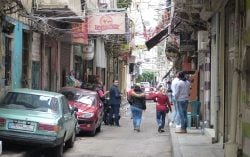The Collapse Of Lebanon’s Intra Bank In 1966
One of the largest banks in Lebanon’s history, Intra Bank Lebanon suffered a disastrous downfall and collapse in 1966. This event is chronicled in popular and official history, and is considered to be one of the major incidents of the pre-war period. Today, as Lebanon’s banks go through another round of informal restructures, we note many parallels that can be found with this case. This story of Intra Banks brings together politics, economics, war, international affairs, and more in an interlocked web of intrigue and finance, so buckle up and get your savings out as we learn more about this bank’s inglorious fall.
The story starts in 1912, with the birth of future Intra founder Yousef Beidas in Jerusalem. He was the son of Khalil Beidas, a prominent Palestinian scholar and figure, and Adele, a Beirut-born woman. Beidas was forced to flee Palestine after the Nakba in 1948, and settled in Beirut. He was given a Lebanese passport on account of his mother being born in Beirut.
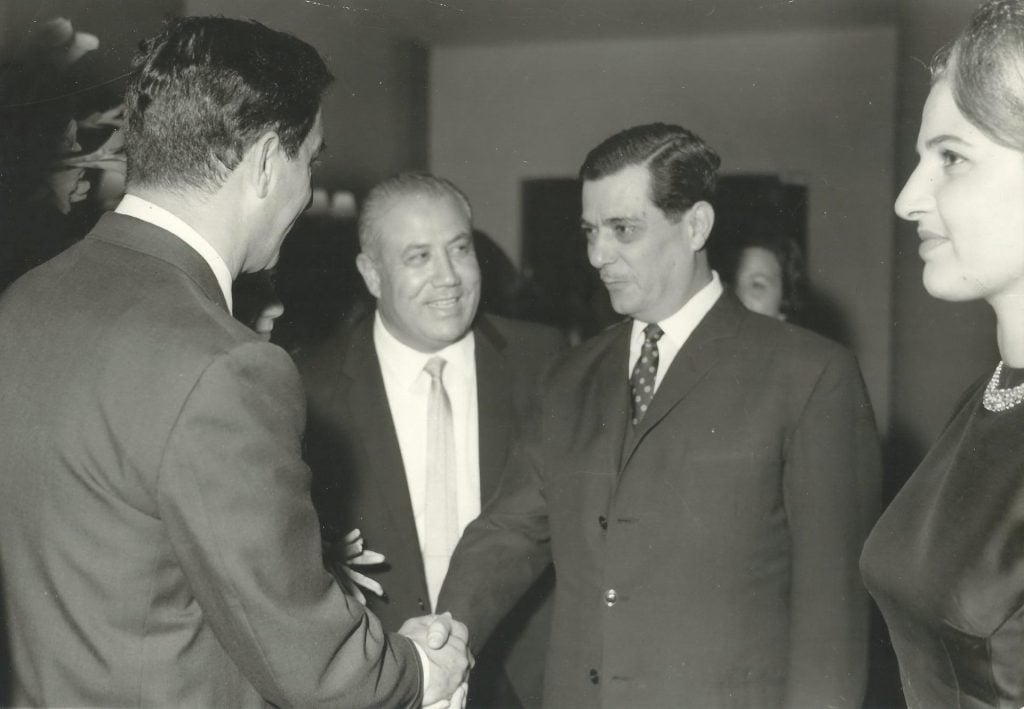
Beidas initially started out as a money exchanger in the city, but quickly grew to prominence and came to found Intra Bank with Mounir Abou Fadel, Emile Mousallam, and Mounir Haddad in 1951. The bank experienced quick growth, in part due to Beirut’s new position as a financial hub within the Arab world. In this era, the bank became a hub for Arab capital flight, petrodollars, and “hot money” coming from Syria, Iraq, and the Gulf. It controlled key Lebanese institutions such as Casino du Liban, Middle East Airlines, and the Beirut Port Authority, in addition to numerous other local and foreign investments. The bank had taken out a loan towards constructing Beirut’s now-infamous grain silos, but they were not built till after the bank’s collapse.
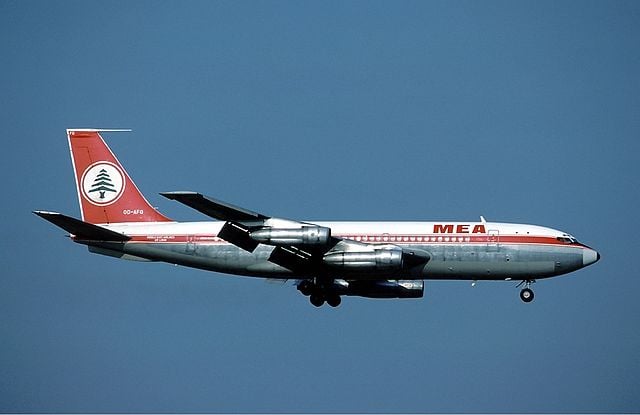
Beidas also became entangled in the politics of the day, with growing discontent by some for his support for the Palestine Liberation Organization, and disputes arising with figures such as Fouad Chehab, Saudi King Faisal, and Emir Abdullah Al-Salim Al-Sabah of Kuwait. The bank was popularly referred to in its reversed “artni.”
At the time of collapse, the Intra empire had a value of around $500 million, with its control of local banking said to have been ranging from 38% to 60%. On October 13, 1966, depositors worried about the rumors swirling around Intra rushed to withdraw their money, causing a loss of $70 million for the bank, with only $330,000 left in their vaults at the end of the day. Beidas offered to personally guarantee the bank’s operations, and appealed to the Lebanese cabinet and central bank for support, but was rebuffed.
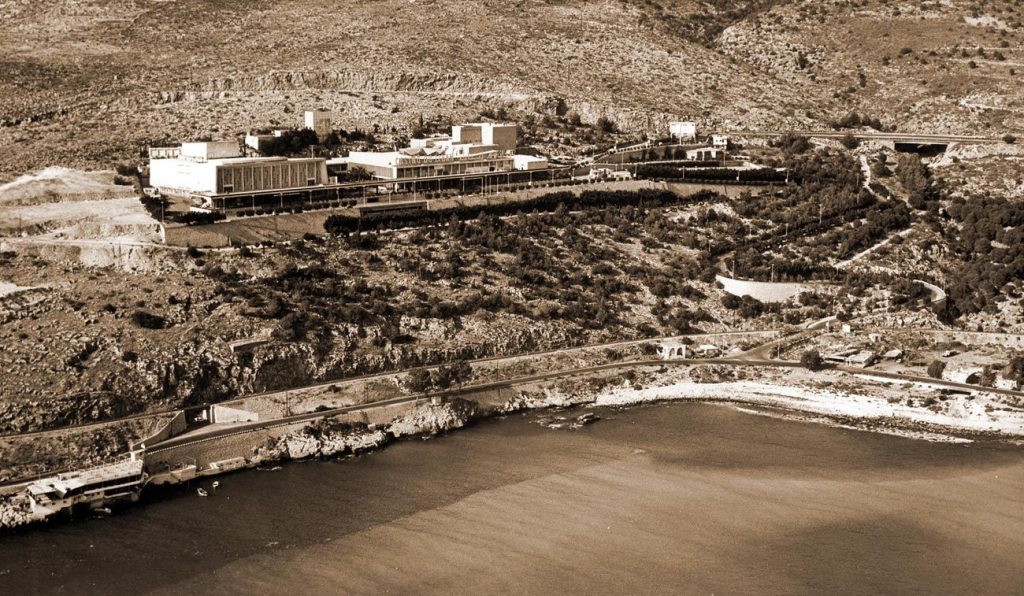
The sequence of events that led to Intra’s collapse is highly disputed, with Beidas alleging that he was a victim of a coordinated conspiracy.
Lebanon’s central bank, which was founded in 1964, refused to intervene in Intra’s struggles. The then-deputy governor of Banque du Liban, Joseph Oghourlian is said to have told Beidas “why did you invest in Lebanon? You are not Lebanese, and Lebanon does not want you to control its economy.” Beidas also (by his own admission) had made a few powerful enemies, including the president of the Lebanese Bankers Association Raymond Edde and Prime Minister Abdallah El-Yafi. Foreign entities such as New York bank Chase Manhattan, French drug kingpin Marcel Francisci, and the royals of Kuwait and Saudi Arabia are also considered by some to be primary players in the bank’s collapse.
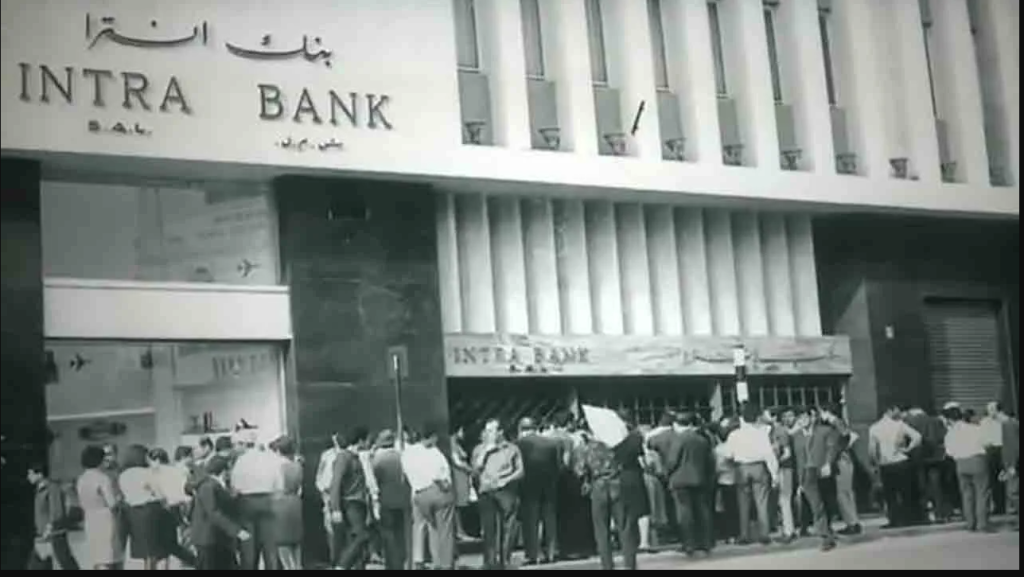
Beidas himself died two years after his bank. He was informed of the Lebanese state’s intention to arrest him while attempting to secure loans in Europe, and fled to Brazil. Sentenced to 7 years of hard labor in absentia, he died of pancreatic cancer in Switzerland in 1968. Even in death, conspiracies swirled about his fate, with some alleging further foul play by those involved in Intra’s collapse.
At the centre of alleged capital flight, money laundering, drug trade and rampant financial shenanigans, Intra’s story is a wonderful summary of Lebanon’s post-independence fortunes. Full of glitz, glamor, and crime, it is truly a story that encapsulates the Lebanese “golden” 60s. Today, Intra’s legacy lives on through the Intra Investment Company, a complicated and intriguing amalgam of the bank’s assets and local power players.





